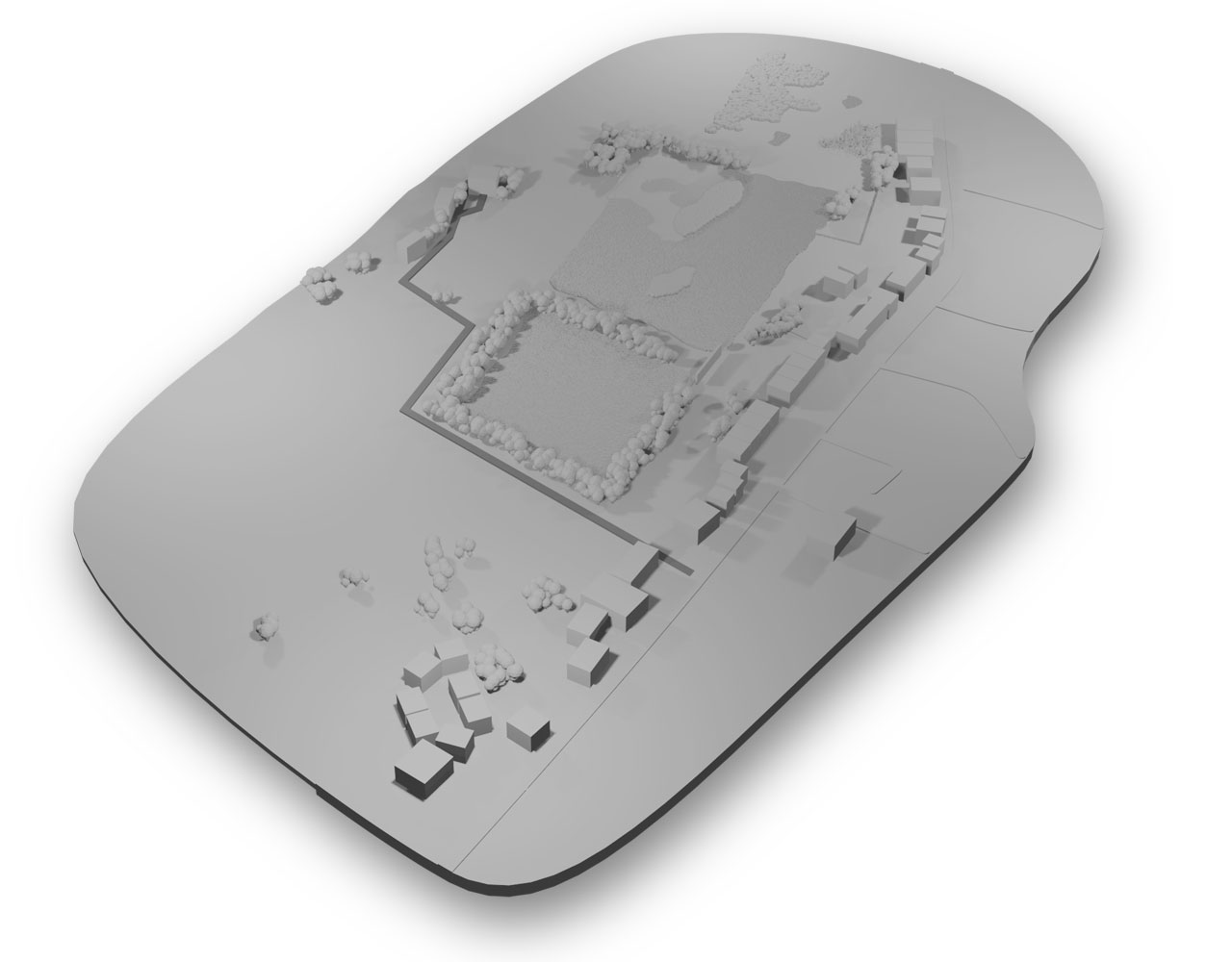Nyctalus noctula
Summary
The UK's largest bat, the noctule roosts in trees and if often seen flying above the canopy of the trees surrounding the wetlands, hunting for insects to feed on.
As with all bats, they come out at dusk and you can recognise them from their strong, fast flight. You might even hear this bat, as unlike other species of bat in the UK, some adults and children can hear the frequency of the noctules calls.
Unlike other bats, the noctule does not roost in buildings, preferring bat boxes and holes in trees.
Noctule Bat facts and statistics
• Eats insects including larger beetles, moths and midges
• Wingspan up to 40cm
• 4-5cm in length
• Weighs between 20-40g
How to identify
Bats can be very difficult to identify unless you are an expert. The best way to tell what type of bat you can see, is to use a bat detector which can identify bat species based on their echolocation calls.
The noctule has golden brown fur with darker wings, ears and face.
Conservation status
Protected in the UK under the Wildlife and Countryside Act, 1981.
Habitat
Widespread:
• Wetlands
• Woodland
• Grassland
• Heath and moorland
Towns and gardens
Ways to help
If you want to support your local bat population, why not buy or build your own bat box. For more information on how to support bats, visit the Bat Conservation Trust.
Noctule Bat sightings at Grimsargh Wetlands







